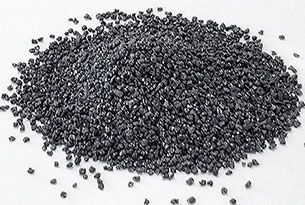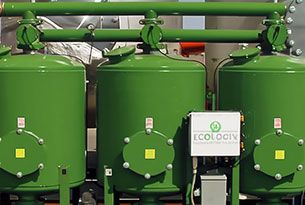Clearing the Fog: Myths and Misinformation
PFAS, or per- and polyfluoroalkyl substances, are surrounded by confusion. Some assume they break down naturally, but their super-strong carbon-fluorine bonds make them “forever chemicals” that linger in the environment and our bodies. Another myth is that low levels are harmless. PFAS bioaccumulate, meaning even tiny amounts can build up over time, posing risks like cancer or immune issues. Not all PFAS are equally dangerous; PFOA and PFOS are well-known culprits, but newer ones like GenX need more study. And no, reverse osmosis isn't a magic fix. RO struggles with short-chain PFAS like PFBS. The truth is, PFAS are tricky, and oversimplified claims don't help.
PFAS Uncovered: What They Are and Why They Matter
Imagine chemicals so tough they make non-stick pans slick and jackets waterproof. Those are PFAS, created in the 1940s and they revolutionized entire industries. With thousands of variants, including PFOA, PFOS, PFNA, PFHxS, PFBS, and GenX, their resistance to heat, water, and stains made them stars in products like firefighting foam and food packaging. But their durability is the problem: they don't break down, sticking around in water, soil, and even our blood. This persistence makes PFAS both fascinating and concerning, as they've spread globally, sparking a race to control their impact.
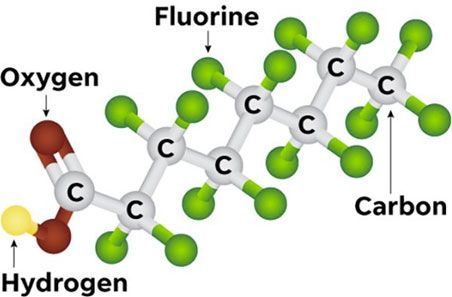
The PFAS Puzzle: Why It's So Hard to Solve
Cleaning up PFAS is like trying to catch smoke. Their stubborn chemical structure resists natural breakdown, so we use granular activated carbon (GAC) or ion exchange (IX) to trap them. But these create new problems as we landfill the GAC and IX where the PFAS leaches back into the soil. Kicking the can down the road, if you will. Technically it is out of the water for now but still exists to re-enter later. Testing for PFAS is another hurdle, requiring super-sensitive equipment to detect parts per trillion. Health risks, from kidney damage to cancer, make action urgent, but upgrading water systems is costly and slow, often taking many years.
Rules of the Game: Laws and Regulations
The U.S. EPA has set strict limits, called Maximum Contaminant Levels (MCLs), for six PFAS in drinking water, with a Hazard Index for mixtures. For example, PFOA and PFOS have MCLs of 4 parts per trillion (ppt). Laws like the Resource Conservation and Recovery Act (RCRA) and CERCLA/Superfund tackle PFAS waste and cleanup, while the Department of Transportation regulates, or will regulate, their transport. There is now a Bipartisan Infrastructure Law to fund fixes, but it will not be enough. Progress is slow—politicians face industry pushback and massive costs.
Who's in the Fight? The PFAS Players
The drinking water industry, guided by groups like the American Water Works Association (AWWA), is on the front lines, pushing for cleaner water. The EPA sets the rules, while companies like 3M and DuPont, who made bank on PFAS, face lawsuits. As regulations are tightened, firms like Ecologix Environmental Systems have designed GAC and IX tertiary polishing systems to remove PFAS from the water. Everyone's got a stake—some clean up the mess, others pay for it.
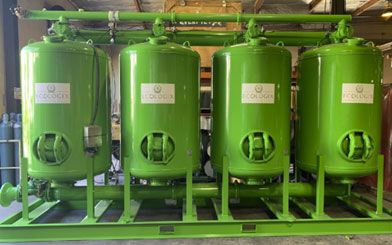
Cleaning the Water: Treatment Tactics
To tackle PFAS, water systems use granular activated carbon (GAC) as a first step—it's like a sponge soaking up most PFAS, though it's weaker against short-chain ones like PFBS. Ion exchange (IX) is next, acting like a sticky trap for stragglers, but it needs frequent refreshing. Reverse osmosis (RO) is a heavy hitter but costly, so it's a last resort. The game plan? Start with GAC for bulk removal, polish with IX, and save RO for tough cases—balancing cost, efficiency, and waste.
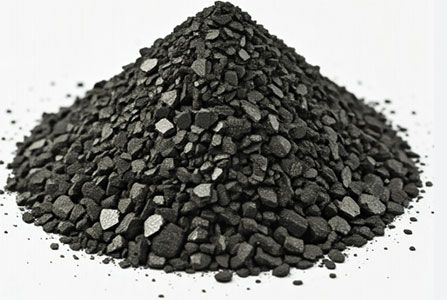
The Big Six: PFAS Limits at a Glance
Here's a snapshot of the six key PFAS compounds, their health-based goals, and enforceable limits, as set by the EPA:
| Compound | Maximum Contaminant Level Goal (MCLG) | Maximum Contaminant Level (MCL) | Health Based Water Concentration (HBWC) | Notes |
|---|---|---|---|---|
| PFOA | 0 ppt | 4 ppt | N/A | Linked to cancer, phased out in mid-2000s |
| PFOS | 0 ppt | 4 ppt | N/A | Persistent, bioaccumulative, health risks |
| PFNA | 10 ppt | 10 ppt | 10 ppt | Part of Hazard Index for mixtures |
| PFHxS | 10 ppt | 10 ppt | 10 ppt | Common in firefighting foams |
| HFPO-DA (GenX) | 10 ppt | 10 ppt | 10 ppt | Newer PFAS, less studied |
| PFBS | N/A | N/A | 2000 ppt | Used in Hazard Index, less toxic |
The Path Forward: Solutions for PFAS
The Dream Fix
Picture a cheap, green tech that zaps PFAS into harmless water and CO2. No
waste, no fuss. Advanced oxidation processes could one day break those tough
carbon-fluorine bonds instantly, solving the problem for good. Do we have that today?
No.
The Best Realistic Fix
Hybrid GAC-IX systems are the gold standard: GAC grabs most PFAS, IX snags the rest.
The Next Best Fix
For smaller budgets, GAC alone is a solid start. It's cheaper, widely available, and catches
most PFAS, though it needs frequent GAC changes and struggles with short-chain compounds.
It's a practical step while end users save up for bigger solutions.
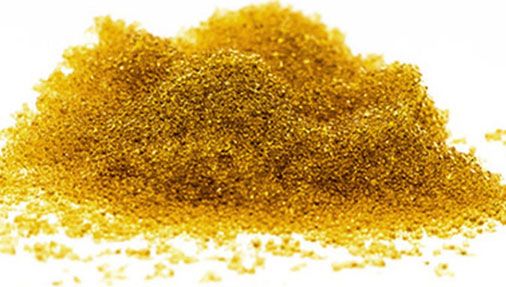
Ready to Optimize Your Water Treatment?
Connect with Ecologix Systems today to discuss your specific needs and discover how our advanced solutions can enhance your operations.
Contact Our Experts Now